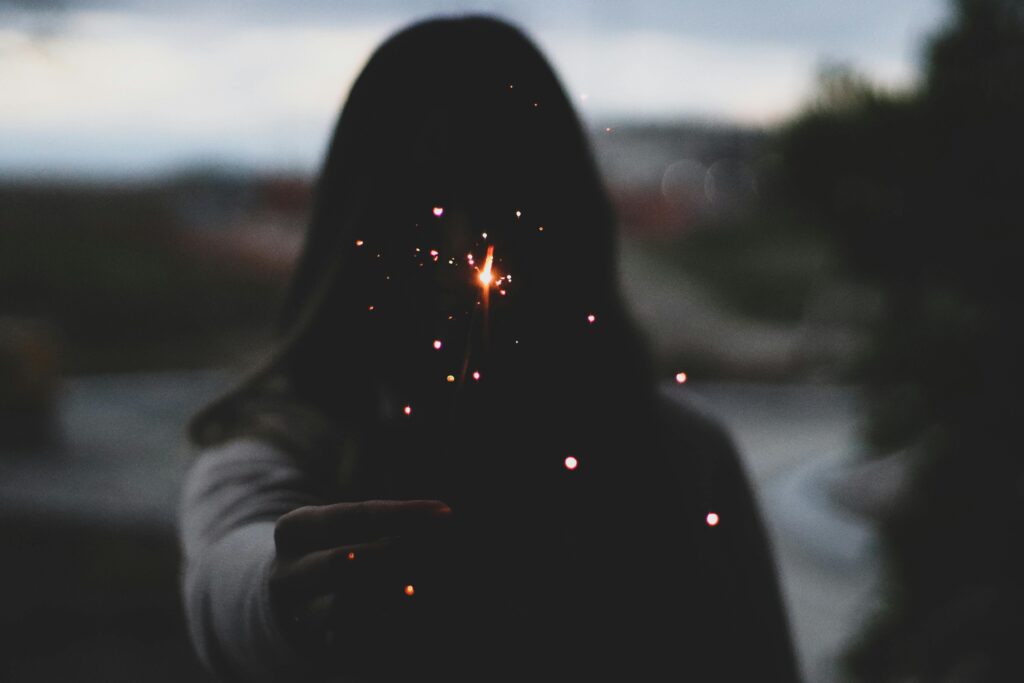For the generation that grew up believing in soulmates and “the spark” – here’s what’s really happening when you feel that electric connection (and why it’s not always what you think)
We’ve all been there. You lock eyes with someone across the room and suddenly your heart is doing gymnastics, your palms are sweaty, and you can’t form a coherent sentence. “It’s just chemistry,” we say, as if that explains everything. But what if I told you that what we call “chemistry” is way more complex – and sometimes way more problematic – than we’ve been taught?
Let’s break down what’s actually happening in your body when you feel that spark, and why understanding it might just save you from some seriously toxic situationships.
The Biology of “The Spark”
When we talk about chemistry between two people, we’re literally talking about chemistry. Your body is running a full-scale laboratory experiment every time you interact with someone you’re attracted to.
The Scent Factor: This one’s wild. You’re unconsciously sniffing out genetic compatibility through pheromones. Research shows that people (especially women) tend to be more attracted to partners whose immune systems complement their own. It’s your body’s way of saying “our babies would have killer immune systems.” Evolution is playing matchmaker through your nose, basically.
The Neurochemical Cocktail: When you’re around someone you’re attracted to, your brain becomes a mixologist:
- Dopamine floods your system, creating that addictive “I need more of this person” feeling
- Norepinephrine kicks in, making you feel alert, excited, and slightly on edge
- Oxytocin (if there’s physical contact) creates feelings of bonding and trust
- Adrenaline gives you those butterflies and makes everything feel heightened
Body Language Synchronization: Ever notice how you unconsciously mirror someone you’re into? Your nervous systems are literally trying to sync up. It’s like your bodies are having a conversation your conscious mind isn’t even aware of.
Not All Chemistry Is Healthy Chemistry
Here’s where things get messy. Sometimes what we interpret as “incredible chemistry” is actually our nervous system recognizing familiar patterns – and not necessarily good ones.
Trauma Recognition vs. True Connection: If someone gives you intense butterflies because they’re emotionally unavailable, unpredictable, or create drama, that might not be chemistry – it could be your attachment system recognizing a familiar (but unhealthy) dynamic from your past. Your body remembers what love felt like growing up, even if it wasn’t actually loving.
The Anxious Attachment Trap: That person who makes you feel like you’re on an emotional rollercoaster? The one who’s hot and cold, who keeps you guessing? Your nervous system might be confusing anxiety with excitement, familiarity with compatibility.
Can You Actually Create Chemistry?
The short answer: it’s complicated, but yes – kind of.
Instant Chemistry: You can’t manufacture that immediate, electric attraction. It either happens or it doesn’t, and it’s largely outside of your conscious control. Plus, instant chemistry isn’t always a green flag – sometimes it’s your trauma responding to familiar dysfunction.
Cultivated Chemistry: This is where it gets interesting. Research from relationship experts like John Gottman and Sue Johnson shows that attraction can absolutely grow over time through:
- Emotional safety and security
- Shared novel experiences
- Physical touch and intimacy
- Deep emotional connection
- Consistent positive interactions
Many of the happiest, longest-lasting couples report that their attraction grew gradually rather than hitting them like a lightning bolt.
The Nervous System Perspective
From a somatic (body-based) perspective, healthy chemistry feels different from trauma-based attraction:
Healthy Chemistry Feels Like:
- Calm excitement rather than anxiety
- Your nervous system feeling regulated and safe
- Being able to be yourself without performing
- Feeling energized but not depleted after spending time together
Trauma-Based “Chemistry” Feels Like:
- Constant anxiety or hypervigilance
- Emotional rollercoasters
- Feeling like you need to earn their attention
- Being activated or dysregulated frequently
The Science of Long-Term Attraction
Helen Fisher’s research identifies three brain systems involved in love: lust, romantic attraction, and deep attachment. That initial chemistry is usually the romantic attraction phase (hello, dopamine rush), but lasting relationships require all three systems working together.
Sue Johnson, creator of Emotionally Focused Therapy, found that emotional safety is actually the strongest aphrodisiac. When people feel securely attached to their partner, their desire and attraction often increase rather than decrease over time.
Redefining Chemistry for Our Generation
Maybe it’s time we stopped treating instant chemistry like the holy grail of relationships. What if we valued:
- Nervous system compatibility – feeling calm and regulated together
- Emotional safety – being able to be vulnerable without fear
- Growth potential – attraction that deepens rather than burns out
- Conscious connection – choosing each other daily, not just feeling chosen by fate
The Bottom Line
Chemistry is real, it’s biological, and it matters. But not all chemistry is created equal, and not all healthy connections start with fireworks. Sometimes the best relationships begin with a gentle spark that grows into a steady flame, rather than a wildfire that burns everything down.
Your body is constantly giving you information about potential partners. Learning to distinguish between healthy attraction and trauma responses can save you from a lot of heartbreak and help you build the kind of connection that actually lasts.
Remember: Chemistry is something you feel, but it’s also something you can choose to cultivate. Not everything that burns is love – sometimes it’s just inflammation.
